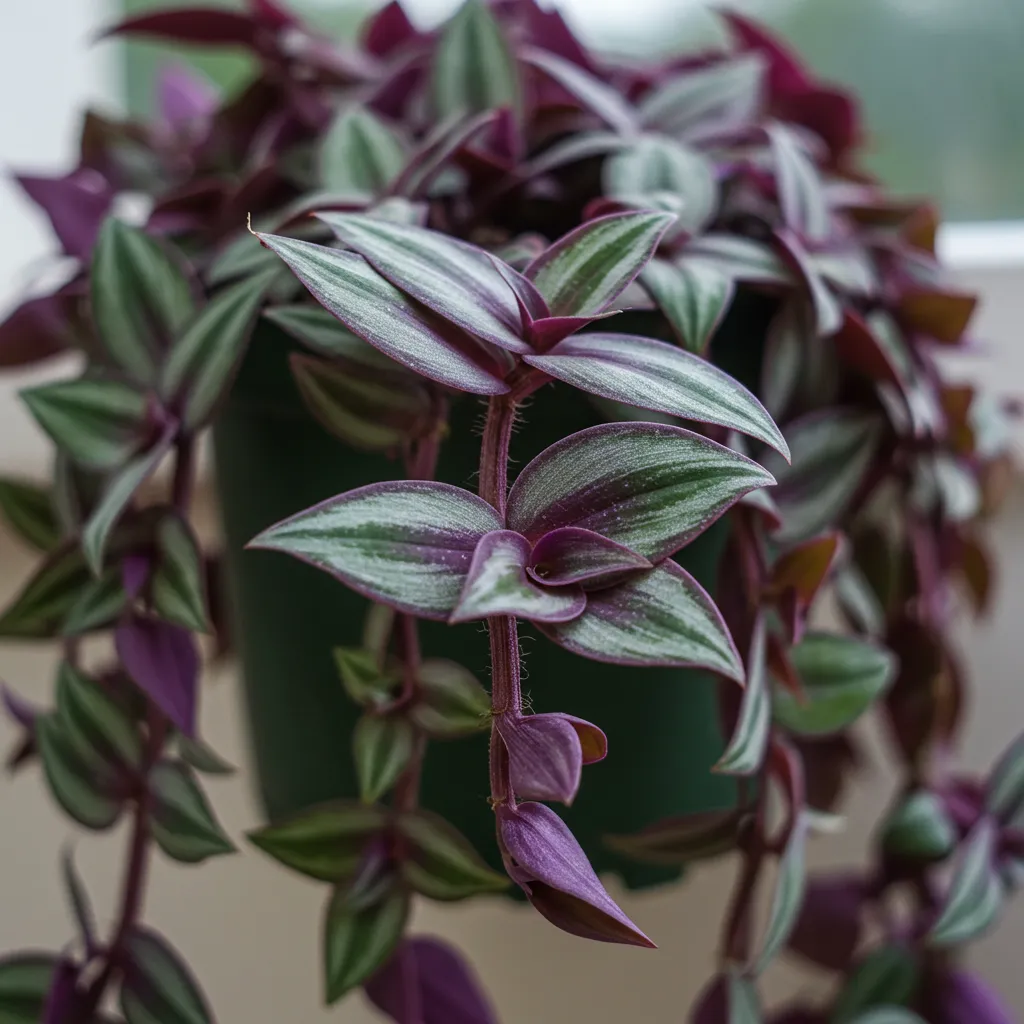As a passionate gardener, one of the joys of cultivating plants is diving deep into their botanical characteristics and understanding what makes each species unique. Today, we’re exploring the classification of the corn plant (Dracaena fragrans), a popular indoor plant admired for its striking foliage and low-maintenance nature. Is it a monocot or a dicot? Let’s uncover the fascinating world of this plant while celebrating the love for greenery.
What Are Monocots and Dicots?
Before diving into the specifics of the corn plant, let’s clarify the differences between monocots and dicots. These two classifications are based on the plant’s embryonic structure, specifically the number of cotyledons (seed leaves) present in the seed. These differences go beyond the seed, affecting the plant’s leaves, stems, flowers, and roots.
- Monocots:
- Seeds contain a single cotyledon.
- Leaves typically have parallel veins running lengthwise.
- Stems lack secondary growth (no woody rings).
- Roots form a fibrous system with many small roots branching out.
- Flowers often have parts in multiples of three.
- Examples include grasses, lilies, orchids, and palms.
- Dicots:
- Seeds contain two cotyledons.
- Leaves exhibit a branched or net-like vein structure.
- Stems often have secondary growth, forming woody rings.
- Roots usually develop as a single main taproot with smaller roots branching off.
- Flowers tend to have parts in multiples of four or five.
- Examples include roses, sunflowers, beans, and oaks.
Understanding these distinctions helps us identify where specific plants, like the corn plant, fall within these two categories.
Is a Corn Plant Dracaena a Monocot or Dicot?
The corn plant (Dracaena fragrans), also known as the mass cane or corn palm, is a monocot. This classification is based on several key features that align with monocot characteristics. Let’s break it down:
- Leaf Structure:
One of the most striking features of the corn plant is its long, arching leaves. These leaves have parallel veins that run lengthwise, a defining trait of monocots. Unlike dicots, which have a network of branching veins, monocots like the corn plant exhibit this linear venation pattern. - Root System:
When you examine the root structure of a corn plant, you’ll notice a fibrous root system. Instead of a single dominant taproot, the roots branch out into a dense network of smaller roots. This is another characteristic that firmly places the corn plant in the monocot category. - Growth and Stem Anatomy:
The corn plant grows in a way typical of monocots. It develops a single growing point at the tip of the stem, and its stem lacks the woody growth rings associated with dicots. This growth pattern allows it to maintain its slender, graceful appearance, making it a favorite among indoor gardeners. - Flower Characteristics:
Though rarely seen in indoor settings, the corn plant produces small, fragrant flowers in its natural habitat or under optimal conditions. These flowers align with monocot characteristics, typically forming in multiples of three.
Why Is the Corn Plant Dracaena So Popular?
Beyond its classification as a monocot, the corn plant is beloved for its aesthetic appeal and ease of care. Its bright green leaves with yellow stripes resemble corn stalks, giving the plant its common name. It thrives in a variety of indoor conditions, tolerating low light and infrequent watering.
Here are a few reasons why the corn plant is a favorite:
- Low Maintenance: It requires minimal care, making it an excellent choice for beginners.
- Air Purification: The corn plant is known to help purify indoor air, removing toxins like formaldehyde and benzene.
- Versatile Design: Its tall, slender profile makes it a great addition to small spaces or large rooms, adding a touch of greenery without overwhelming the décor.
How to Care for a Corn Plant
If you’re a proud owner of a corn plant or considering adding one to your home, here are a few care tips to ensure it thrives:
- Light: Prefers indirect light but can tolerate lower light conditions. Avoid direct sunlight that can scorch its leaves.
- Watering: Water sparingly, allowing the top inch of soil to dry out before watering again. Overwatering can lead to root rot.
- Humidity: Likes moderate to high humidity levels but can adapt to standard indoor conditions. Mist occasionally to boost humidity.
- Temperature: Thrives in temperatures between 65–80°F (18–27°C). Protect it from cold drafts and sudden temperature changes.
- Pruning: Remove any yellow or damaged leaves to keep the plant looking fresh and healthy.
Why Is It Important to Understand Plant Classifications?
Understanding whether a plant is a monocot or dicot is more than just a fun botanical fact—it can help you better care for your plant. For example, knowing that the corn plant has a fibrous root system helps you understand its water needs and soil preferences. Similarly, recognizing its growth patterns can guide you in pruning and placement decisions.
Key Takeaways
- The corn plant (Dracaena fragrans) is a monocot, as evidenced by its parallel-veined leaves, fibrous roots, and growth patterns.
- It’s a low-maintenance, visually appealing indoor plant that’s perfect for homes and offices.
- Understanding its classification can help you provide better care, ensuring it thrives and brings beauty to your space.
For more insights into plant care and gardening tips, visit My Garden Vibes and let your passion for plants bloom!




